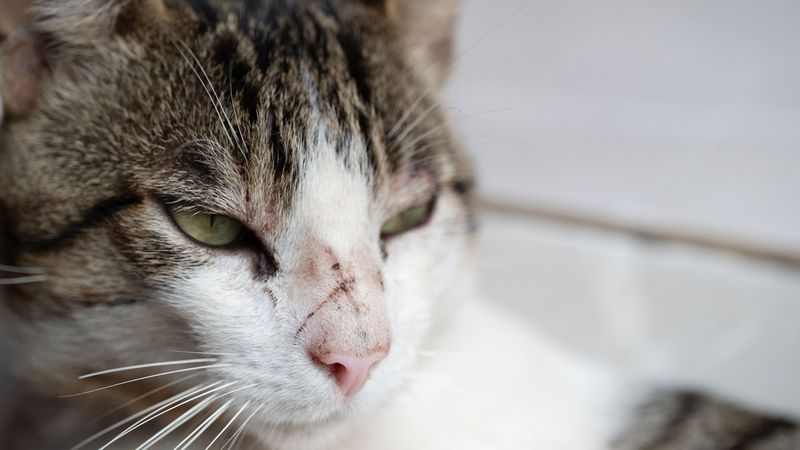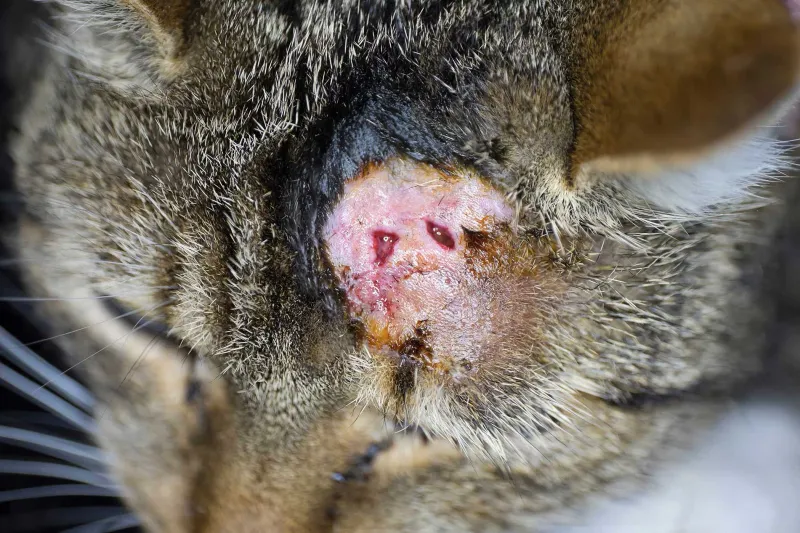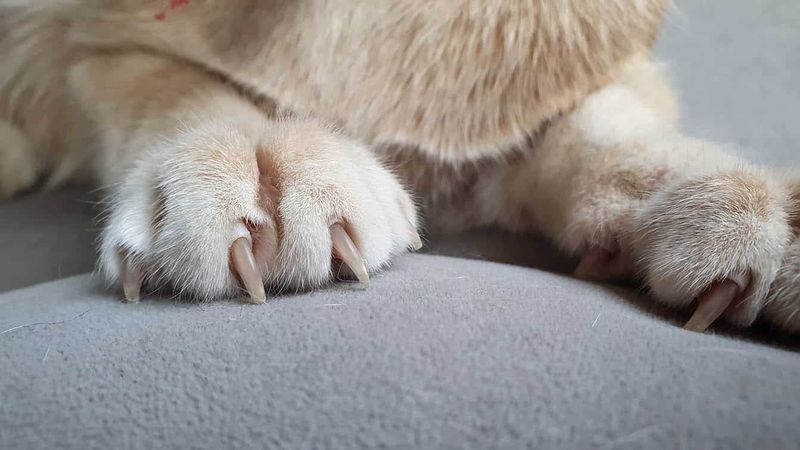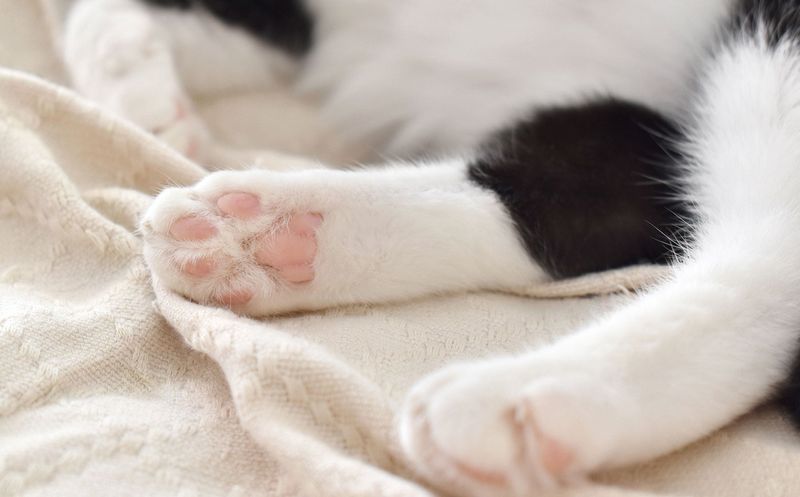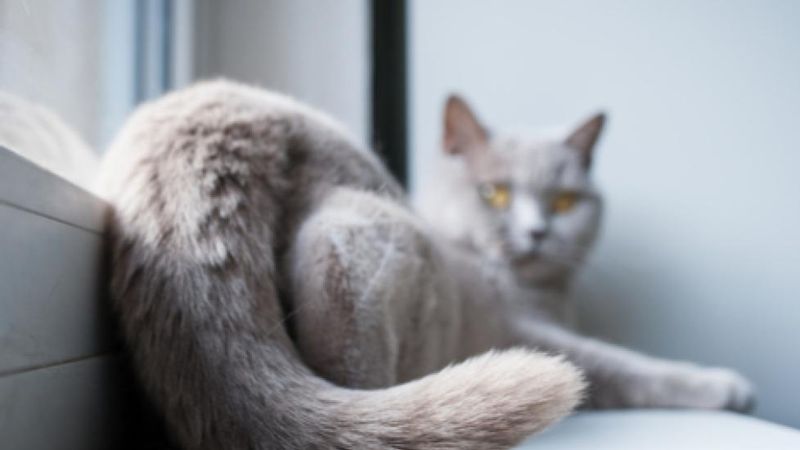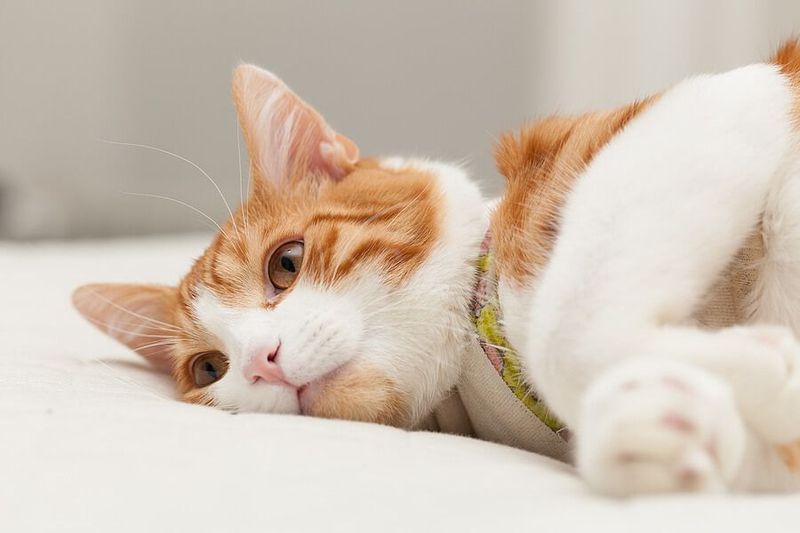📖 Table of Content:
- 1. Surface Scratches: The Everyday Battle Scars
- 2. Small Puncture Wounds: Tiny Holes, Big Concerns
- 3. Claw Injuries: When Scratching Goes Wrong
- 4. Pad Abrasions: Tender Tootsies
- 5. Ear Nicks: Telltale Tips of Trouble
- 6. Tail Tip Injuries: Vulnerable End Points
- 7. Shallow Skin Lacerations: More Than Just Scratches
Cats’ curious nature and sharp reflexes help them avoid major harm, but minor wounds are common and can appear suddenly. As a cat owner, recognizing and understanding these small injuries is key to providing timely care and preventing complications.
Though most minor wounds heal with minimal intervention, even surface-level injuries can become infected or indicate deeper issues. Knowing how to identify each type of minor wound can help you respond appropriately and reduce stress for both you and your feline friend. From scratches to small bites, every wound tells a story about where your cat has been and what it may need next.
In this guide, we’ll explore seven common minor cat wounds, how they typically occur, what they look like, and what steps to take to help your cat heal safely at home. Each wound has unique features, and understanding these distinctions will help you make better decisions about when to treat at home and when to call the vet.
1. Surface Scratches: The Everyday Battle Scars
Those thin red lines on your cat’s skin often tell tales of playful scuffles or adventures through rough terrain. Most scratches happen during normal cat activities – climbing trees, squeezing through tight spaces, or engaging in friendly wrestling matches with other pets.
Treatment is straightforward: gently clean the area with warm water or a pet-safe antiseptic solution. Avoid using hydrogen peroxide as it can damage healing tissue. Most surface scratches heal within days without intervention.
Watch for signs of infection, like increasing redness or swelling. If your cat keeps licking the wound excessively, consider using an E-collar temporarily. The good news? These minor injuries rarely require veterinary attention unless they appear unusually deep or become infected.
2. Small Puncture Wounds: Tiny Holes, Big Concerns
Territorial disputes between cats often result in these deceptively innocent-looking injuries. Small puncture wounds might not bleed much, but they seal quickly, potentially trapping bacteria beneath the skin.
Found a tiny hole in your cat’s fur? Gently trim the area to better see the wound. Clean with diluted betadine solution using a cotton ball, working from the center outward. The greatest risk comes from infection, not the wound itself.
Monitor the site for 48 hours for swelling, heat, or pus – all warning signs requiring veterinary care. Fun fact: cat teeth are needle-shaped, creating deep but narrow punctures that can develop into abscesses if not properly treated. Never squeeze a puncture wound as this can force bacteria deeper into tissues.
3. Claw Injuries: When Scratching Goes Wrong
Your cat’s enthusiasm for climbing or scratching sometimes results in a broken or torn claw. You might notice your feline friend limping or obsessively licking their paw, with occasional blood spots on the floor.
For a bleeding, broken claw, apply gentle pressure with a clean cloth until bleeding stops. Styptic powder (available at pet stores) can help clot minor bleeding faster. Examine the damaged claw carefully – if it’s just slightly cracked but still attached, it may grow out normally. However, a dangling claw causes pain and requires attention.
Don’t attempt to pull it off yourself! Keep your cat calm and restricted from jumping until you can visit your vet, who might need to trim or remove the damaged portion to prevent further injury.
4. Pad Abrasions: Tender Tootsies
Cats normally have tough paw pads, but even these resilient surfaces can suffer damage. Hot pavement in summer, road salt in winter, or rough terrain can wear down the protective layers, leaving raw, sensitive areas that cause your cat to limp or lick excessively.
Begin treatment by gently rinsing the affected paw in lukewarm water to remove debris. Pat dry with a soft towel – never rub! For minor abrasions, applying a thin layer of petroleum jelly can provide protection and relief.
Keep your cat indoors during recovery to prevent further irritation and infection. Severe pad injuries might require bandaging, though many cats resist this solution vigorously. If the pad appears deeply cut or your cat refuses to put weight on it after 24 hours, consult your veterinarian for professional care.
5. Ear Nicks: Telltale Tips of Trouble
Those small tears along your cat’s ear edges might look alarming due to how dramatically they can bleed. Ear tissue contains numerous blood vessels close to the surface, making even minor nicks appear worse than they are.
Common causes include vigorous scratching from ear mites, encounters with sharp objects, or altercations with other animals. Bleeding typically stops on its own, but you can apply gentle pressure with a clean cloth if needed.
Once bleeding subsides, clean the area with diluted antiseptic. The real detective work comes in determining why your cat developed the ear nick in the first place. Check for dark debris inside the ear canal (sign of ear mites) or inflamed skin (possible allergies). While most ear nicks heal well, addressing underlying causes prevents future injuries and unnecessary discomfort for your feline friend.
6. Tail Tip Injuries: Vulnerable End Points
Your cat’s expressive tail is surprisingly vulnerable to injury. The most common scenario? A closing door catches the tail tip, resulting in bruising or a small cut. Long-haired cats may hide these injuries until you notice blood spots on furniture or walls where the tail brushes against them. Assess the damage by gently examining the tail.
Minor bruising or small cuts can be cleaned with diluted antiseptic solution. Apply light pressure with gauze if bleeding continues. The real concern with tail injuries isn’t usually the wound itself but potential nerve damage.
Watch for signs of pain when the tail is touched, inability to lift or move the tail normally, or loss of bladder/bowel control. These symptoms require immediate veterinary attention. Most minor tail tip injuries heal well with home care, though the fur might grow back slightly different in texture or color.
7. Shallow Skin Lacerations: More Than Just Scratches
Somewhere between a scratch and a serious wound lies the shallow laceration – wider than a typical scratch but not deep enough to require stitches. These often happen when cats brush against sharp edges of furniture, encounter broken glass, or get caught on thorny plants during outdoor adventures.
Clean the wound by flushing with warm saline solution (¼ teaspoon salt in 1 cup warm water) using a syringe without the needle. Pat dry and apply a thin layer of antibiotic ointment approved for cats. These wounds benefit from air exposure rather than bandaging in most cases.
The healing process typically takes 5-7 days, during which you’ll need to prevent your cat from licking the area. An E-collar works well, though cats universally despise wearing these “cones of shame.” If the edges of the wound pull apart or you notice increasing redness, seek veterinary care promptly.

